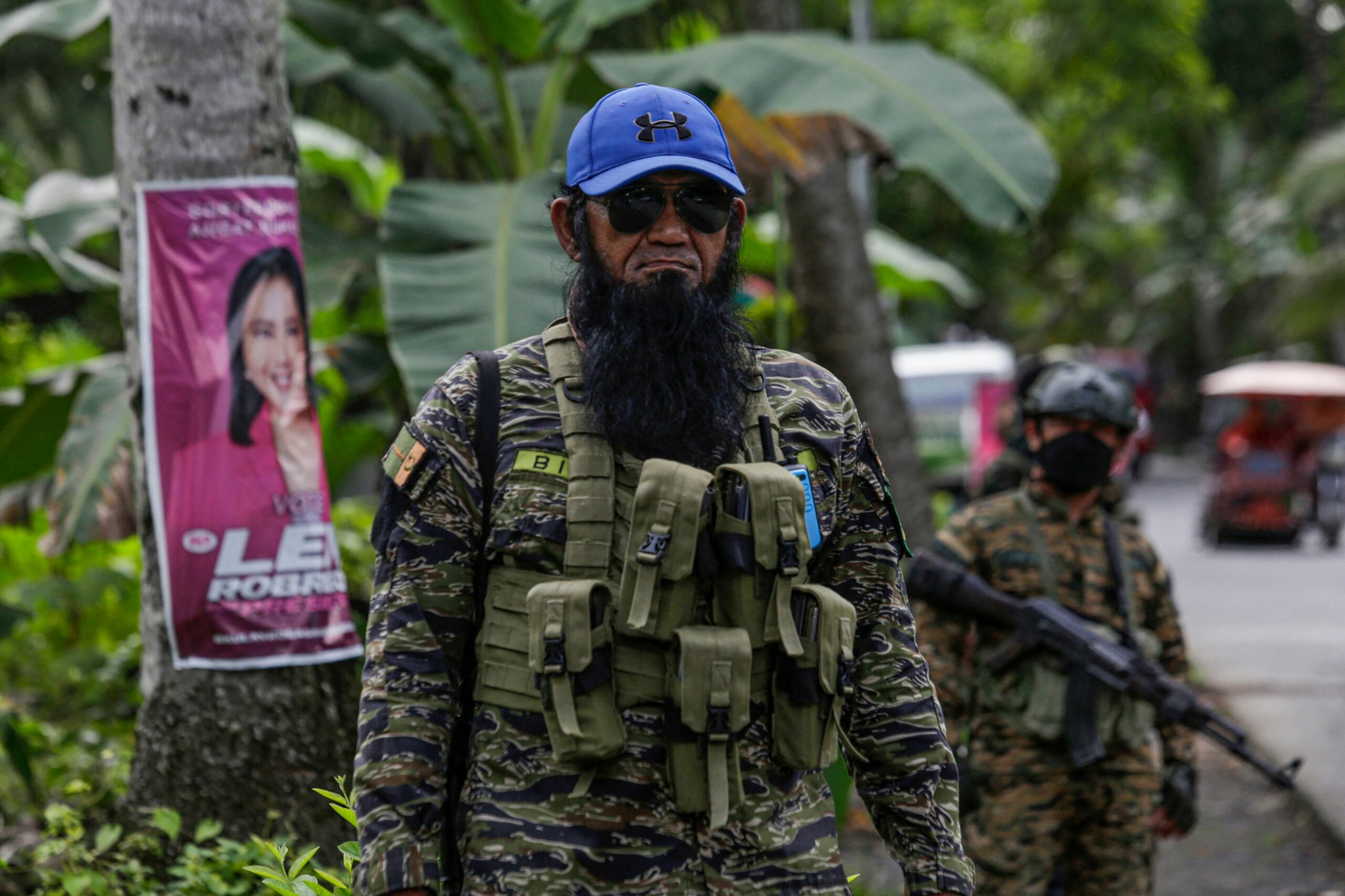Islamic State-linked militants appear particularly intent on mounting attacks in the southern Philippines in the coming months.
This assessment was issued to clients of Dragonfly’s Security Intelligence & Analysis Service (SIAS) on 27 February 2024.
- There has been a resurgence of IS activity in the Philippines in recent months; the UN reported in late January that IS central leadership maintains ties with groups in Mindanao
- Any attacks are likely to be small bombings and shootings primarily targeting security forces in the south
The severe terrorism threat posed by Islamic State-linked jihadists in the Philippines seems to be heightened. But their operations are concentrated in southern provinces such as Lanao del Sur. The capability of militants to mount attacks there has improved in the past year; based on our data, IS has mounted 12 attacks since 2023 compared with four attacks in 2022. And following a bombing in December, the authorities have boosted security operations and controls in the area, including around the Cotabato Airport.
Any attacks would most likely be shootings or small bombings against security forces and sites affiliated with the Catholic Church in the southern Philippines. This is where Islamist militants mostly operate; all jihadist attacks in the country in the past year took place in Mindanao, based on our data. And we have seen no evidence to suggest such groups are capable of mounting major attacks outside of the south; the most recent incident that we recorded in Manila was a grenade attack by suspected IS-linked militants that injured a soldier in Paranaque in 2020.
Recent increase in IS-linked activity
The authorities appear concerned over attacks by IS-linked jihadists in southern Philippines. According to the authorities, the Dawlah Islamiyah-Maute Group (which pledged allegiance to IS) was behind a large bombing at Mindanao State University in Marawi City on 3 December 2023 that killed four people and injured dozens. Both the president and defence secretary said ‘foreign terrorists’ were involved in the attacks. The Maute group seized Marawi City in 2017 aiming to establish an Islamic state in the country’s deep south and held it for five months against attacks by the military.

The recent attacks coincide with a rising propaganda focus on the Philippines by IS. There has been a spate of IS-aligned propaganda targeting Southeast Asia since 2022, including the Philippines. In particular, IS-linked accounts in June 2023 promoted a Philippines-based militant as the new leader of Islamic State East Asia Province (ISEAP). Since then, users on local pro-IS channels have been frequently posting photos of weapons, training and attacks by jihadists in the southern Philippines, based on our own monitoring and international media reports.
This propaganda appears to have contributed to increased momentum among local jihadists to mount attacks. Based on our data, IS has mounted 12 attacks there over the past year compared with four attacks during the same period a year prior. A UN global report on terrorism published in January also noted that IS core leadership in Syria maintains relationships with groups in Mindanao raising concerns of improved capability of local groups. These groups have previously received material support from IS.
Attacks by IS likely in the coming months
We assess that IS-linked jihadists are both intent on and capable of mounting attacks in the southern Philippines in the coming few months. The army has been frequently engaging in armed clashes with jihadists there in recent years. But since the bombing in December, the authorities have further targeted local jihadists in security operations, which has seemingly triggered retaliatory attacks by IS. Most recently, IS on 18 February mounted an attack in Lanao Del Sur province that killed six soldiers and wounded four others.
The police have implemented heightened security measures in the south this month, seemingly in anticipation of further attacks. Last week they tightened security controls at provincial borders between Lanao del Sur and Lanao del Norte against ‘possible retaliations by the terrorists’, according to a local media outlet. And in early February, they boosted anti-terrorism and anti-drug operations at the Cotabato Airport. The local media reported this was to prevent the airport from being used by jihadists for trafficking drugs.
Still, the authorities will probably be able to contain militant activity in Mindanao in the coming months. Counter-terrorism capabilities have improved significantly since 2017. This has been reflected in a declining frequency of jihadist attacks countrywide over the past several years. Security forces have also killed at least a dozen militants and arrested senior leaders in recent weeks. Last week the police in southern Sulu arrested a woman wanted by the US for allegedly transferring funds to regional IS members.
Bombings and shootings against security targets
Any attacks by IS-linked militants are most likely to be small bombings and shootings targeting security forces. Based on our data, most IS attacks in the Philippines over the past year were either shootings or small bombings against military bases, policemen and army outposts. Most of these have been in rural areas where security patrols are stationed.
That said, there is a reasonable likelihood of IS-linked militants mounting bombings targeting public spaces. Such attacks would most likely be directed against religious targets (such as catholic churches) in the southern Philippines. We have seen no signs that militants have capability to mount attacks in major cities outside of the south. Security forces killed four people during a raid in Paranaque City in Manila in 2020. But the authorities said those killed were involved in logistics and financing for militants in Sulu, rather than planning attacks in the capital.
Image: Moro Islamic Liberation Front (MILF) troops stand along a road inside Camp Darapanan in Sultan Kudarat, Maguindanao, Philippines, on 23 April 2022. Photo by Ferdinandh Cabera/AFP via Getty Images.




